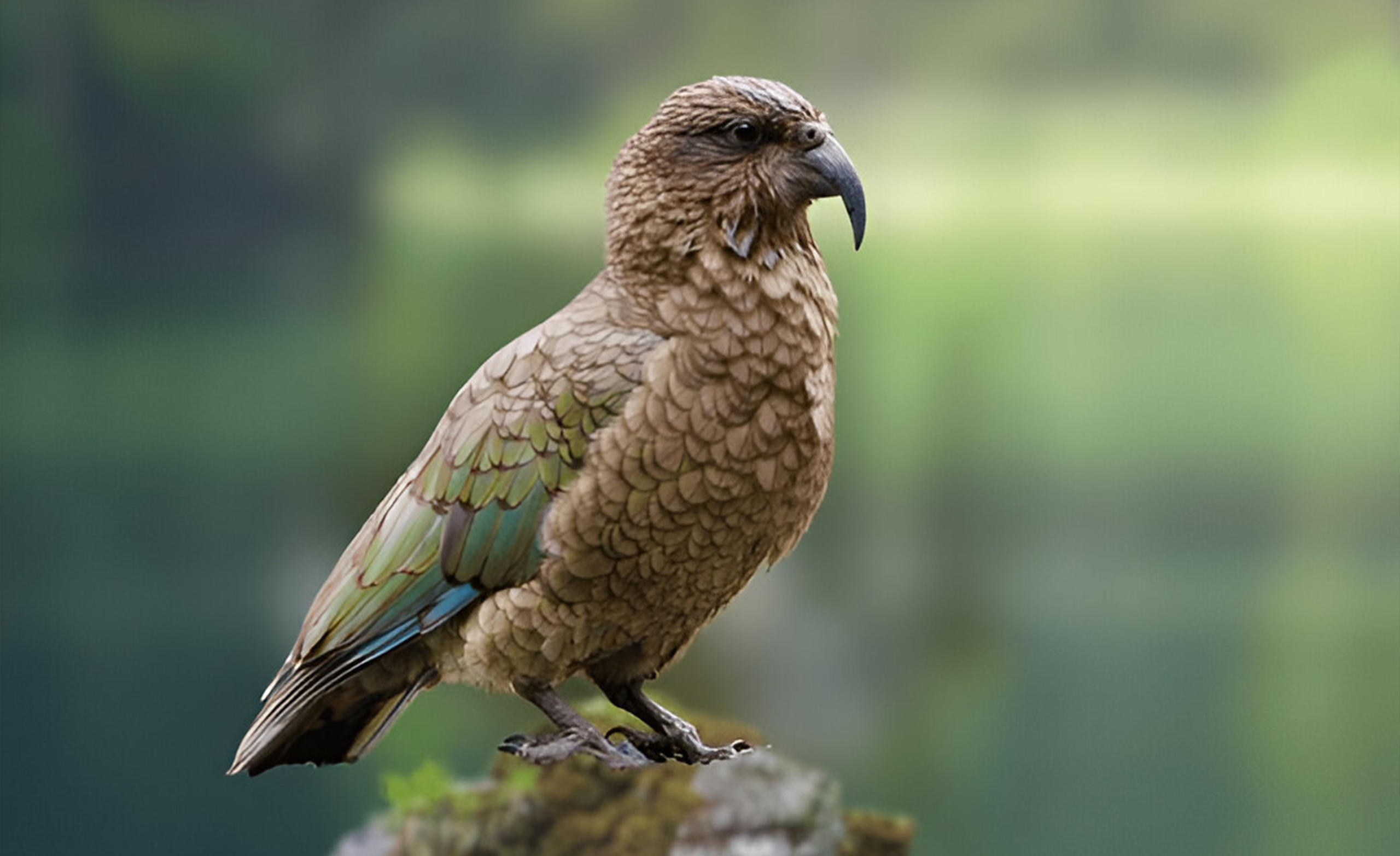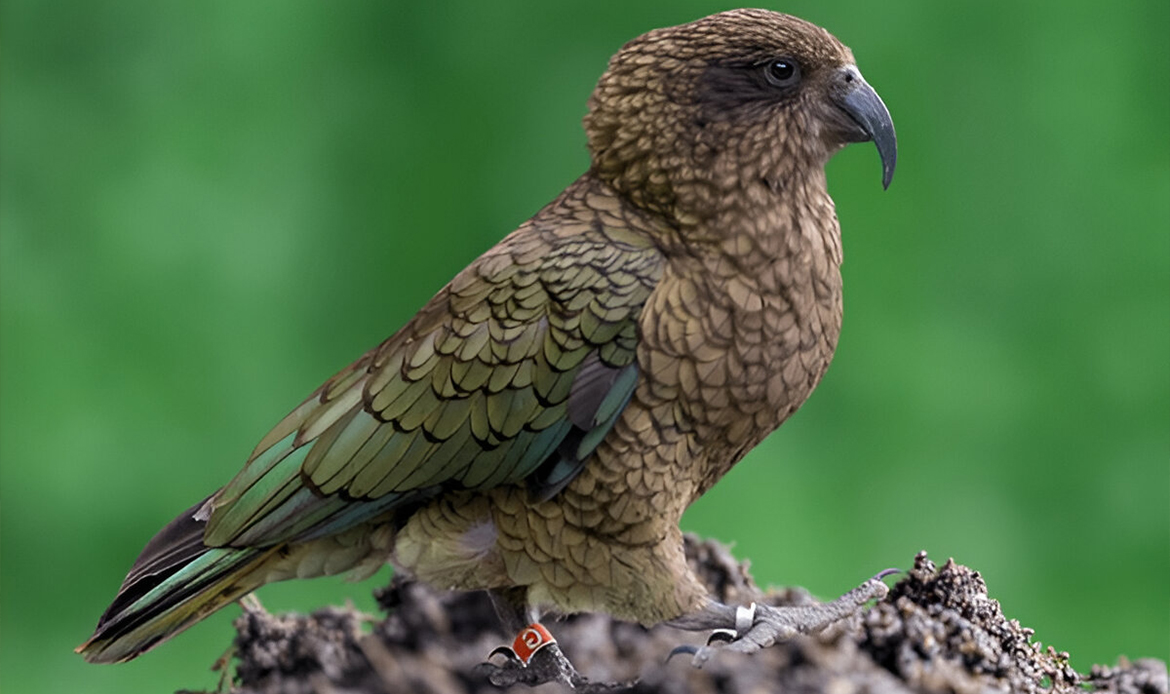
7 Surprising Ways the Kākāpō is Defying Extinction: A Conservation Triumph
The kākāpō, a nocturnal, flightless parrot, stands as one of New Zealand’s most precious and critically endangered treasures. Their remarkable journey from the brink of extinction showcases the power of dedicated conservation efforts and human determination. Often called the “owl parrot” due to its distinctive facial features, this extraordinary species has become a global symbol of conservation success.
Table of Contents
1. Revolutionary Population Recovery
The kākāpō’s story began with abundance throughout New Zealand before human arrival. However, their numbers plummeted dramatically due to hunting, introduced predators, and land clearance. Conservation efforts started in 1894, but by the mid-1900s, these unique birds were nearly extinct.
By 1995, only 51 kākāpō remained, mostly adult males. The situation seemed dire as numbers continued declining despite relocating the remaining population to offshore, predator-free sanctuaries. Then came the turning point – intensive research and management resulted in successful breeding, and by July 2015, the population had grown to 125, with a healthy mix of males, females, juveniles, and adults. This remarkable recovery continues today with innovative breeding programs and careful monitoring.
2. Unique Physical Adaptations
The kākāpō boasts several remarkable characteristics that make it truly special:
- A distinctive owl-like face with whisker-like feathers
- A waddling gait that’s surprisingly efficient
- Excellent climbing abilities despite being flightless
- Status as the world’s only lek-breeding parrot
- Remarkable longevity, potentially reaching 90 years
- The distinction of being the world’s heaviest parrot, with females weighing 1.4 kg and males 2.2 kg
- Unique moss-green plumage providing natural camouflage
3. Innovative Conservation Techniques
Today’s kākāpō conservation efforts are led by Kākāpō Recovery, facing significant challenges with infertility and inbreeding. They’ve pioneered ground-breaking techniques including:
- Advanced genetic mapping
- Artificial insemination programs
- Custom-designed supplementary feeding systems
- Real-time health monitoring through smart technology
- Specialized breeding management protocols
4.Protected Sanctuary System
Currently, there are fewer than 250 kākāpō alive, and they are found in carefully managed locations: Codfish Island/Whenua Hou, Anchor Island, and Te Hauturu-o-Toi/Little Barrier Island. Their status remains “Threatened – Nationally Critical,” but these sanctuaries provide essential safe havens where the birds can thrive without predator threats.

5. Cultural Significance and Public Engagement
The species has gained significant public attention and support through various initiatives. Notably, they have a designated ambassador – Sirocco, who serves as New Zealand’s official Spokesbird for conservation. Social media campaigns and educational programs have helped raise awareness and funding for conservation efforts.
6. Community-Driven Conservation
The kākāpō holds a special place in conservation circles due to its positive message. While conservation often involves discouraging news, people naturally seek positivity. Coupling conservation with a positive framework proves more effective in engaging public support than negative stories. The conservation benefit of the kākāpō programme extends beyond the species itself, serving as a model for other endangered species recovery efforts.
7. Scientific Breakthroughs
The kākāpō’s iconic status, cultural importance to Māori, and their ability to captivate people worldwide contribute to their conservation success. The international acclaim of their recovery story has become a crucial factor in assessing the true cost-effectiveness of conservation programs. Their success has led to innovative research in genetics, breeding biology, and wildlife management techniques.
The Road Ahead
The kākāpō’s journey hasn’t been easy. When their population dropped to fewer than 50 birds, their future seemed bleak, particularly due to invasive mammalian predators. However, through intensive conservation programs including captive breeding and the eradication of introduced species from offshore islands, their future now appears more promising. With approximately 250 birds today and careful monitoring, they demonstrate what humans can achieve through determined conservation efforts.
While still critically endangered, the challenge has shifted from mere survival to managing a growing population. Scientists now face the task of not just producing more birds, but finding suitable locations for the expanding kākāpō community. This includes identifying and preparing new predator-free islands and maintaining genetic diversity within the population.
Conclusion
This remarkable conservation success story serves as an inspiration for endangered species protection worldwide. The kākāpō’s recovery demonstrates that with dedicated effort, scientific innovation, and community support, we can reverse the tide of extinction for even the most threatened species. Their story continues to inspire new generations of conservationists and proves that no species is beyond saving when human determination meets scientific expertise.
